How Long Does An Edible Stay In Your Urine
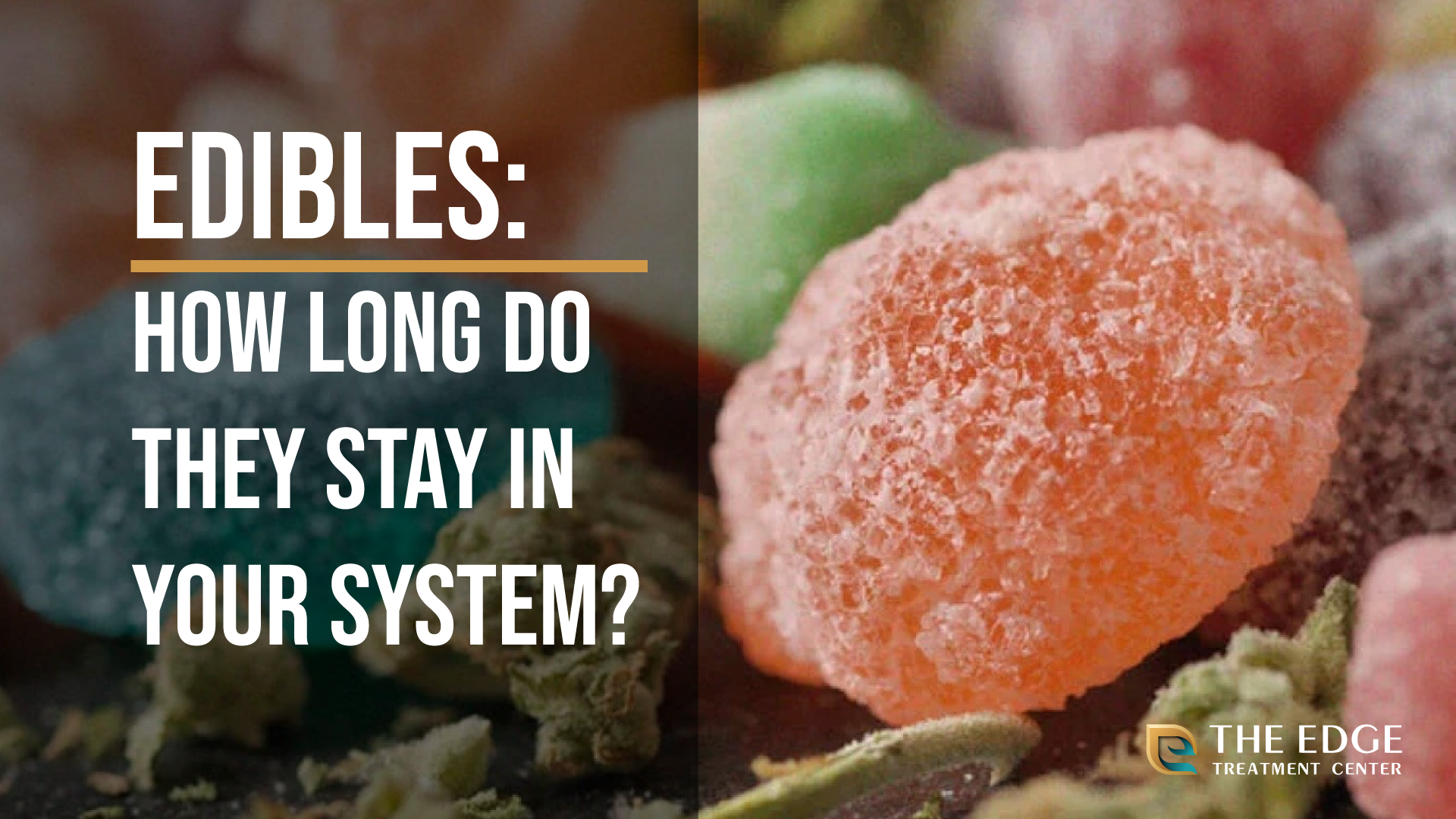
The increasing legalization and popularity of cannabis edibles have led to heightened interest in how long their metabolites remain detectable in the body, particularly in urine. Understanding the detection window of THC metabolites is crucial for individuals subject to drug testing, as well as for informing responsible consumption practices.
This article delves into the factors influencing the duration of detectability, drawing on scientific studies and expert opinions to provide a comprehensive overview. It aims to clarify the timeline for how long edible consumption impacts urine drug test results and what factors affect the duration.
Key Metabolite: THC-COOH
When cannabis edibles are ingested, the active compound delta-9-tetrahydrocannabinol (THC) is metabolized by the liver into several compounds. One of the primary metabolites, and the one most commonly tested for in urine drug screens, is 11-nor-9-carboxy-THC (THC-COOH). This metabolite is stored in body fat and released slowly over time.
The detection window for THC-COOH in urine varies greatly depending on several factors. These include frequency of use, dosage, metabolism, body fat percentage, hydration levels, and individual physiology.
Factors Influencing Detection Time
Frequency of Use: Infrequent users can expect THC-COOH to be detectable for a shorter period compared to chronic users. A single use might only be detectable for a few days, while regular users could test positive for several weeks, or even longer in some cases.
Dosage: Higher doses of THC in edibles will result in a longer period of detectability. This is because a greater amount of THC needs to be metabolized and eliminated from the body.
Metabolism: Individuals with faster metabolisms tend to eliminate THC-COOH more quickly. Factors such as age, genetics, and overall health influence metabolic rate.
Body Fat Percentage: THC-COOH is fat-soluble, meaning it's stored in fatty tissues. Individuals with higher body fat percentages may retain the metabolite for a longer time, as it is released slowly from fat stores.
Hydration Levels: While drinking plenty of water can dilute urine samples, it's important to note that attempting to manipulate drug tests is often detectable. Excessive dilution can lead to an inconclusive result and a request for a retest.
Individual Physiology: Factors like age, gender, and health conditions can all influence how long THC-COOH remains detectable. There is substantial individual variability in these factors.
Typical Detection Windows
Based on research and clinical observations, here's a general guideline for THC-COOH detection in urine:
Single Use: 3-5 days.
Moderate Use (2-4 times per week): 7-10 days.
Frequent Use (daily): 15-30 days.
Chronic, Heavy Use: 30+ days (in some cases, up to several months).
These are only estimated ranges. Individual experiences can vary significantly. It is important to note that these estimates are based on average values and do not account for the wide range of individual differences.
Legal and Societal Implications
The extended detection window of THC metabolites in urine has significant implications for employment, legal proceedings, and sports organizations. Many employers utilize urine drug screens as part of their hiring process or for ongoing monitoring.
Individuals should be aware of their employer's drug testing policies and the potential consequences of testing positive for THC. It's also relevant in legal cases involving probation or child custody, where drug testing may be a requirement.
Athletes competing in regulated sports are also subject to drug testing, and the detection window for THC-COOH can impact their eligibility to compete. WADA (World Anti-Doping Agency) has specific thresholds for THC in urine, which athletes must adhere to.
"The detection window for cannabis use is a complex issue with significant individual variability," says Dr. Emily Carter, a toxicology expert. "It's crucial for individuals to understand the factors that influence detectability and to make informed decisions about their cannabis consumption."
Dr. Carter further emphasizes that attempting to cheat or manipulate urine drug tests can have serious consequences, including disciplinary action or legal penalties.
Conclusion
The duration for which edibles stay in your urine, detectable via THC-COOH levels, is highly variable. It is influenced by frequency of use, dosage, metabolism, body composition, and other individual factors. The general ranges provided offer a guideline, but should not be considered definitive.
It is best practice to research all local and state cannabis guidelines when consuming edibles. Individuals concerned about drug testing should err on the side of caution and abstain from cannabis consumption for a sufficient period before testing.
Further research is ongoing to refine the understanding of THC metabolism and detection windows. Staying informed about the latest scientific findings is crucial for making informed decisions about cannabis use and its potential impact on various aspects of life.
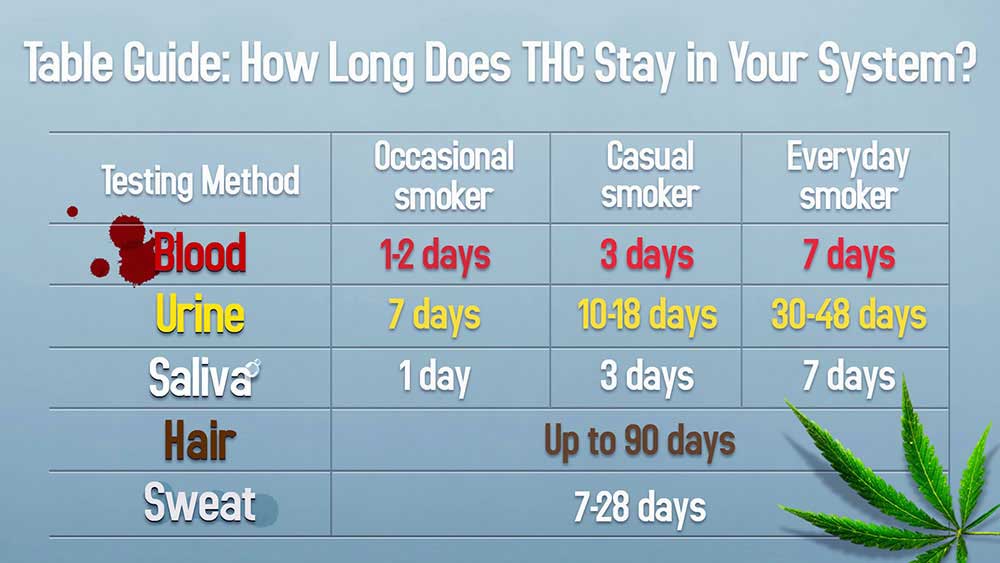
![How Long Does An Edible Stay In Your Urine How Long Do Edibles Last? [Full Timeline]](https://static.wixstatic.com/media/8af0ce_7551be18fc8540f49aa7521b5f46934c~mv2.jpg/v1/fill/w_1000,h_668,al_c,q_90,usm_0.66_1.00_0.01/8af0ce_7551be18fc8540f49aa7521b5f46934c~mv2.jpg)
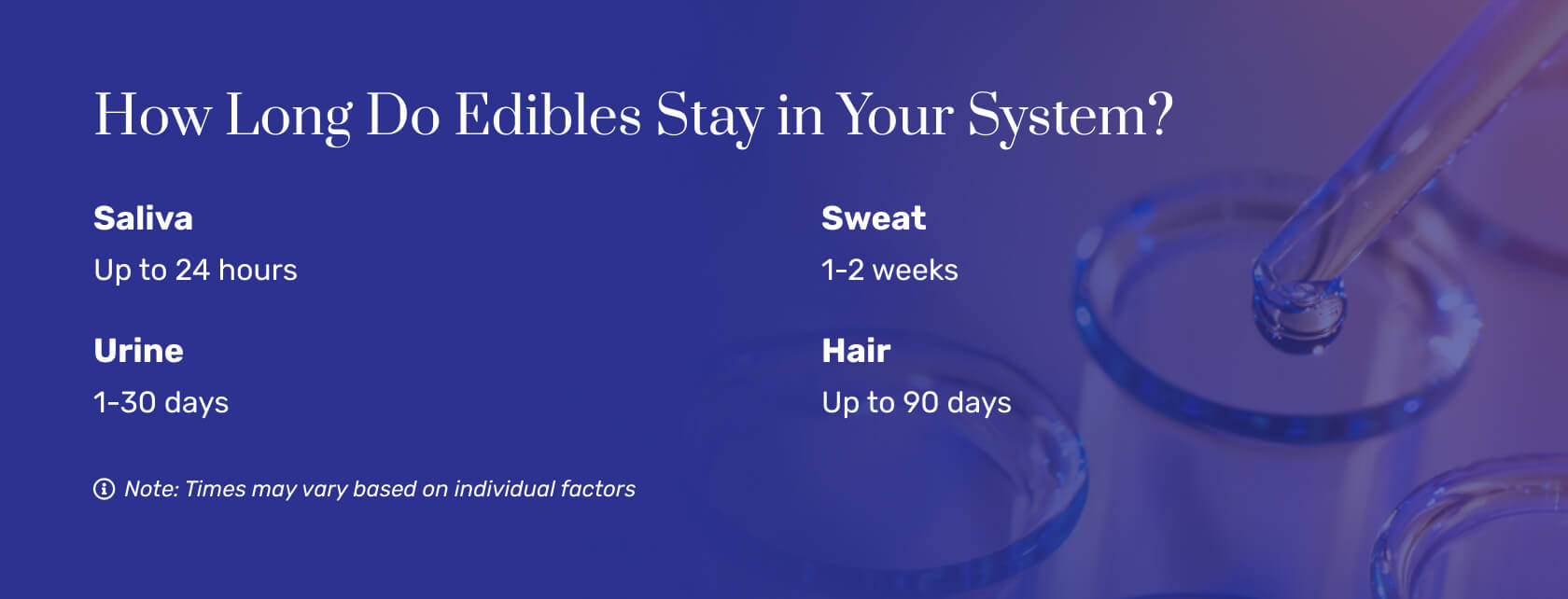


![How Long Does An Edible Stay In Your Urine How Long Do THC & Edibles Stay in Your System? [Precise Calculator]](https://greencamp.com/wp-content/uploads/2017/08/body-fat-visual-guide.jpg)
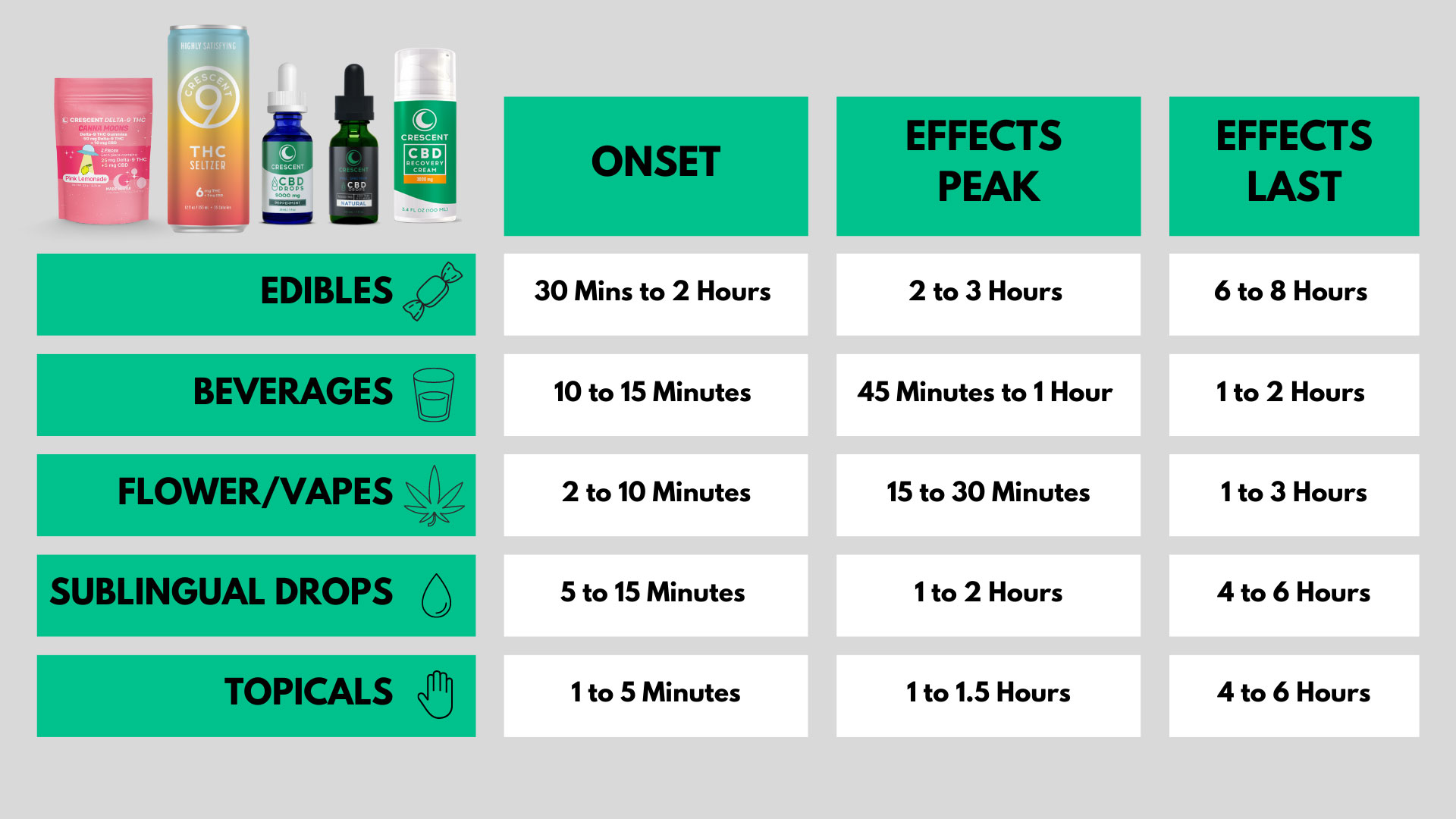
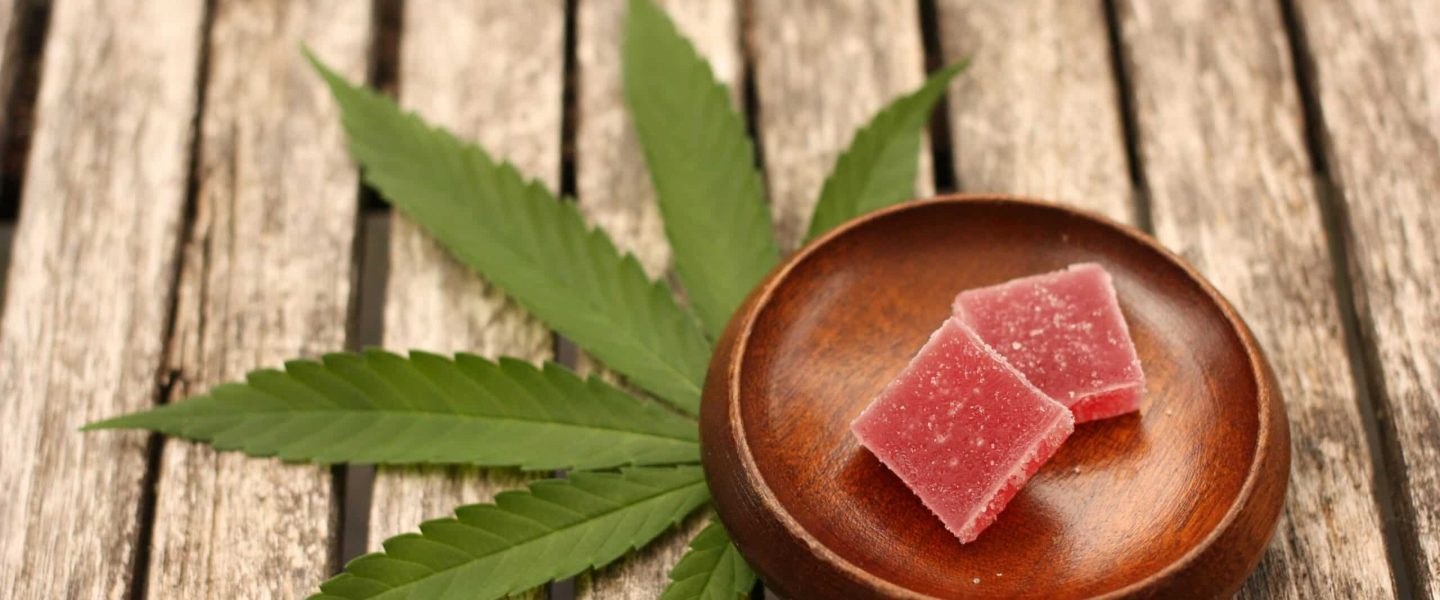


![How Long Does An Edible Stay In Your Urine How Long Do Edibles Stay In Your System? [1571f6]](https://i.ytimg.com/vi/pt6_Inu8nDk/sddefault.jpg)

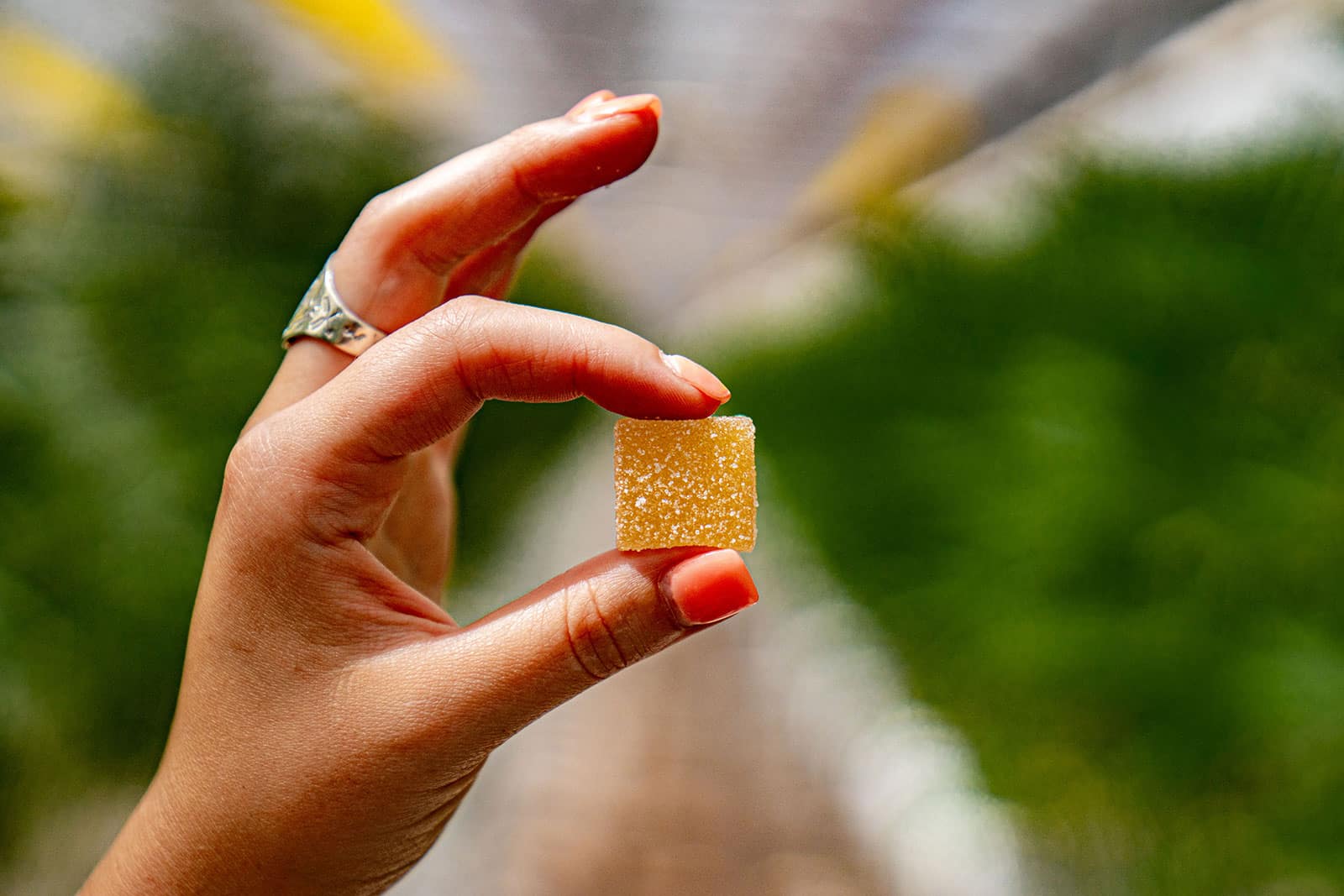

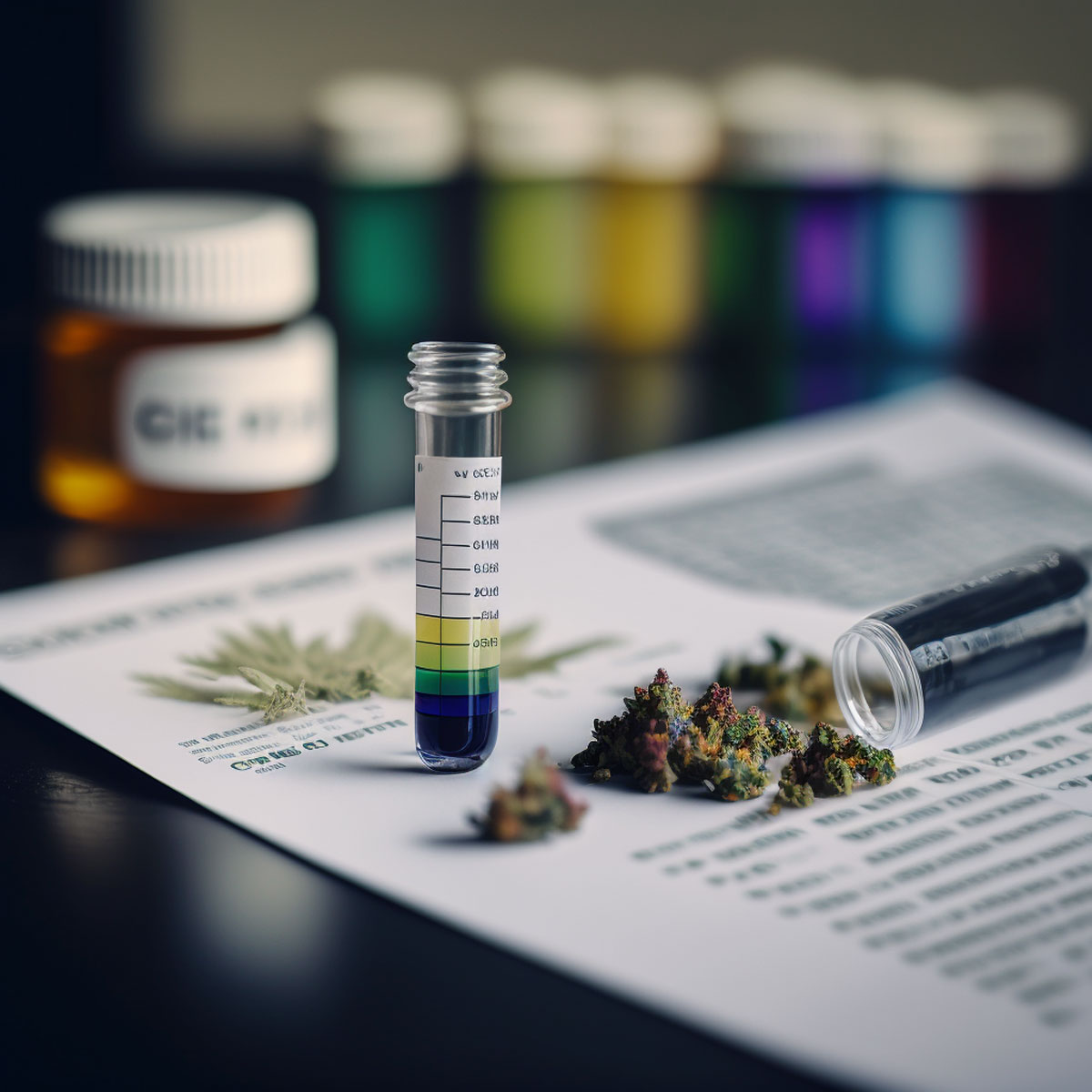
![How Long Does An Edible Stay In Your Urine How Long Edibles Stay In Your System [Complete Guide] | DMV 42 Zero](https://dmv42zero.com/wp-content/uploads/2022/01/how-long-marijuana-stays-in-system-1-451x1024.jpg)


